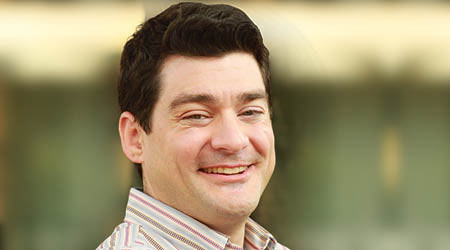
With the recent media coverage and real-world impacts from respiratory illnesses, it seems like a good time to take a PPE-free breath and reflect. With employees working from home and cancelled conferences, meetings and business travel, perhaps your staff took the opportunity to catch up on some deferred cleaning in your facilities.
Most preventative practices the Centers for Disease Control and Prevention (CDC) recommends also apply to individuals and are applicable to many types of transmissible illnesses. This includes handwashing, the avoidance of face and eye touching, and coughing and sneezing into the elbow or a tissue.
Interestingly, the CDC interim guidance specifically for childcare programs, K-12 schools, higher education and business workplaces (at the time this column was written) all emphasize sticking with your normal cleaning routine, using the cleaning products you would normally use, and as always, following the label directions for proper use. Importantly, the CDC’s workplace guidance (Interim Guidance for Businesses and Employers to Plan and Respond to Coronavirus Disease 2019 [COVID-19], February 2020) specifically states, “No additional disinfection beyond routine cleaning is recommended at this time.”
This is a strong endorsement of the vital daily role your staff and green cleaning program play in keeping unwanted contaminants out of the building and efficiently removing those that do manage to get inside.
As the global climate continues to warm, researchers will examine how climate change can impact the spread of disease. Warming temperatures mean that some plants and animals can thrive in new areas where the climate was previously inhospitable. Beyond just an expanding range, it can also mean changes in the timing or duration of the “seasons” for potential infection in current areas.
Ticks and mosquitoes are two examples of range expansion, and climate modeling for malaria has estimated that a 2 to 3 degrees Celsius increase in temperature (which we’re on track to achieve or exceed) would increase the number of people at risk of malaria globally by 3 to 5 percent. You might not be doing any mosquito control at your facility or incorporating landscaping practices to be less hospitable to ticks, but these may be a future part of keeping vector-borne illnesses out of your buildings.
Climate effects are not limited to just increased air temperature but have already included extreme or more frequent weather events such as heavy precipitation, flooding or droughts. If your facility includes a cafeteria or other foodservice venue, climate change is also predicted to impact the spread of foodborne illnesses. As described in a 2019 article in Canada Communicable Disease Report, titled “How will climate change impact microbial foodborne disease in Canada,” four of the five bacteria that account for more than 90 percent of foodborne illnesses in Canada have been shown to be impacted by climate.
The good news is that your existing green cleaning program is well-poised to tackle both current and future illnesses. You will need to keep abreast of any new recommendations from the CDC, keep an eye out for new products or product use instructions from manufacturers, provide additional training to staff when needed and collaborate within your facility to communicate the best available information to your occupants. Since the products won’t clean the facility by themselves, perhaps the most critical cleaning task is ensuring your staff feels empowered and appreciated for their ongoing part in maintaining public health.
Mark Petruzzi is Green Seal’s former Senior Vice President of Outreach and Strategic Relations. He’s in his third decade of striving for more sustainable purchasing and operations by using his engineering powers for good. He can be reached at friendlygreenguy@gmail.com.

 Celebrating BSCAI's 60th Anniversary eBook
Celebrating BSCAI's 60th Anniversary eBook The Down and Dirty on Cleaning in Virus Season
The Down and Dirty on Cleaning in Virus Season How Surfactant Use is Expanding in Commercial Cleaning
How Surfactant Use is Expanding in Commercial Cleaning